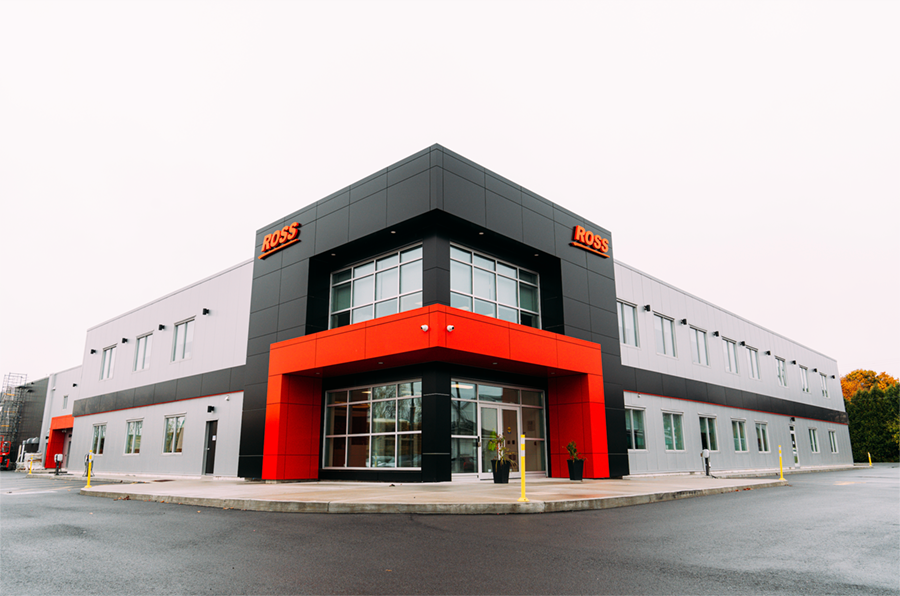The buzz is back
There was a loud buzz at this year's NAB convention, and it wasn't the honey bees swarming around the flowers at the Las Vegas Hilton. It was convention attendees and exhibitors excitedly talking as the television industry returned to Las Vegas to take the industry's collective temperature: maybe not hot, but certainly warming nicely.
The last five NAB conventions have been trying events. First, HDTV was hot, and then it wasn't. Enhanced 8-VSB technology was promising and could even trump COFDM, but then it couldn't. The DTV conversion was here, but then it was delayed.
So what made 2005 a good year for the industry convention? Optimism. (I know, hard to believe, especially from this skeptical lot.)
What was obvious: Attendees were there to select technology, make plans and even spend money. That's what gave this show the buzz. People finally believe the worst is over, and better times are ahead.
Here are some of the, perhaps not so obvious, signs of change:
- Fewer newbies: The convention had the lowest number of new product introductions in at least 10 years. I don't remember when so many companies brought so few new products to the convention floor. You could count on one hand the number of new products being introduced in most booths. I recall one year when Sony announced some 80 new products. Not so this year. But, that's actually good.The products in the booths were typically real and ready to ship. No one wants to see vaporware on the show floor, and there wasn't much this year. Attendees want to know that the products shown are available for purchase.
- Serious attendees: Exhibitors told me there was strong interest in buying. Booth traffic wasn't merely tire kicking — except by the totally inappropriately dressed student types, but that's another story. Perhaps because the heavy front-end expenses for transmitters has leveled off, facilities now have funds to spend on content and signal processing.
- Mature HD: Costs for HD products have come down, features have gone up, and it's possible to buy compatible SD and HD technology without needing a Ph.D. in astrophysics to install or use the products.
Oh, it didn't hurt to have several HDV introductions. Stations realize that their bread and butter is news, but few are interested in $100,000 news cameras. The HDV products may not give news crews 100 percent of what they'd like, but at 10 percent of real HD's cost, I found no one complaining. Expect to see many more HDV products in the coming months.
Well, if the buzz is back, maybe we should bundle that bunch of bees and bestow them in the bonnets of our brain-dead congressional bureaucracy. Maybe then they'd get their collective behinds in gear and help us complete this digital transition.
The professional video industry's #1 source for news, trends and product and tech information. Sign up below.
Nah, that'd be too much to ask.
Send comments to: • editor@primediabusiness.com • www.broadcastengineering.com
